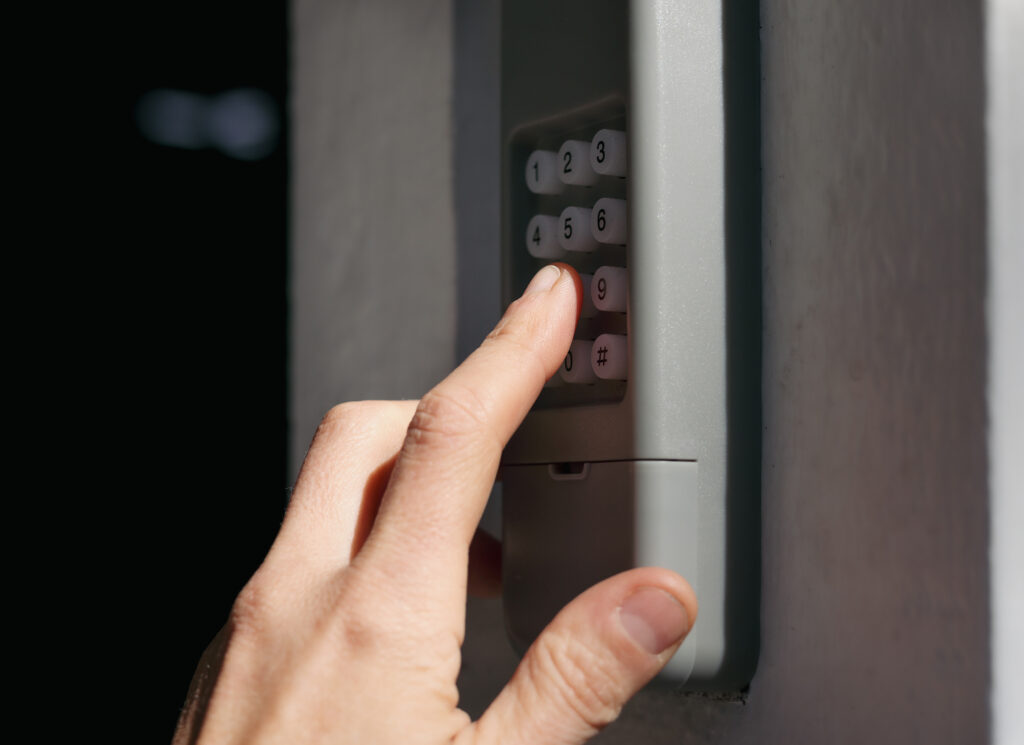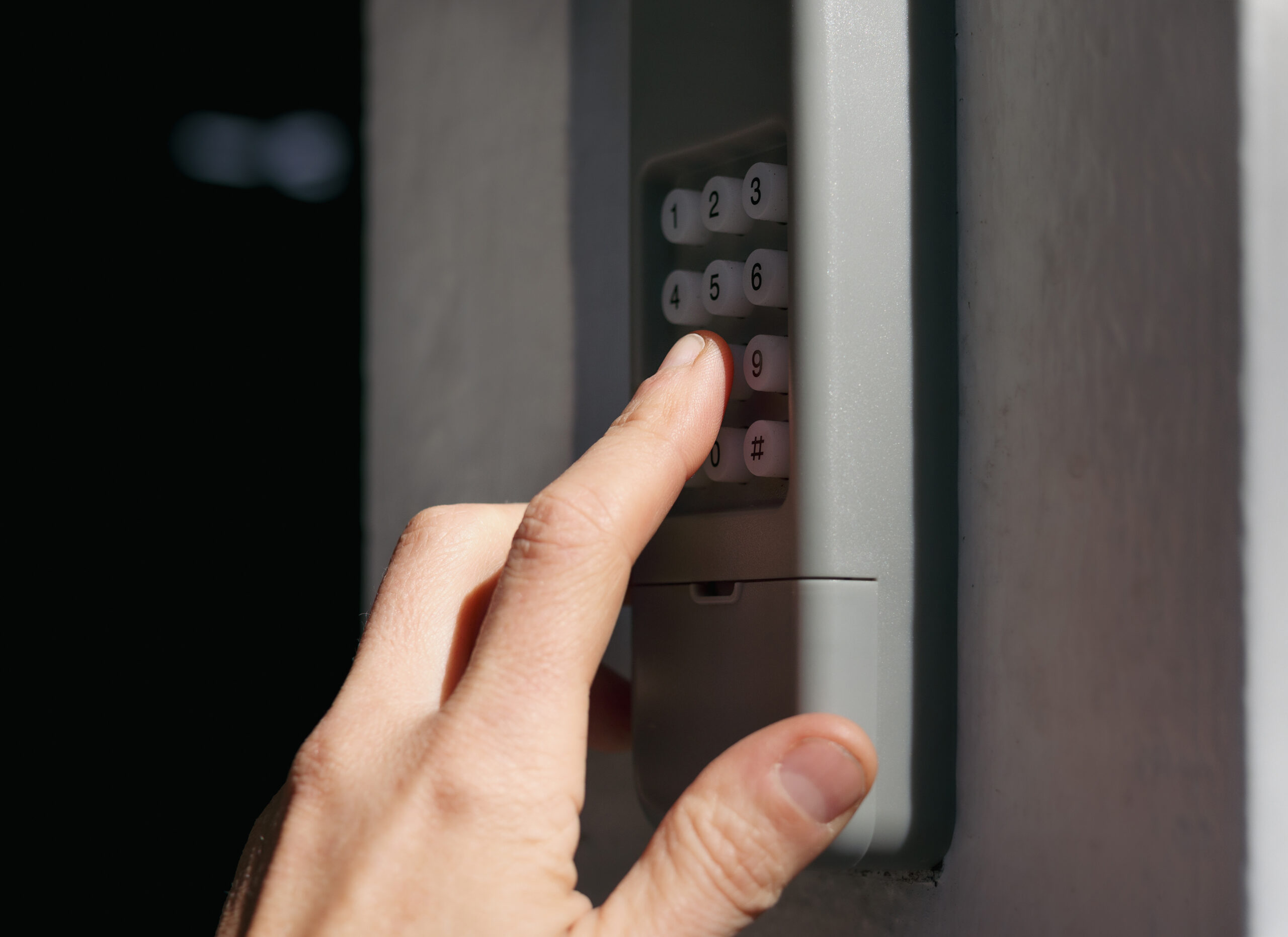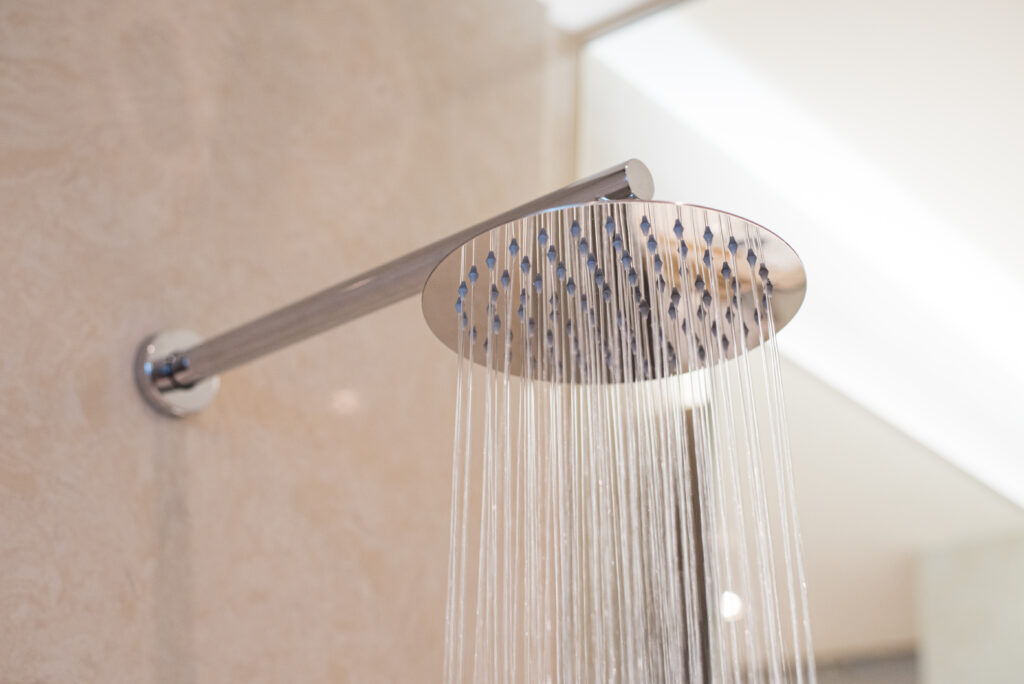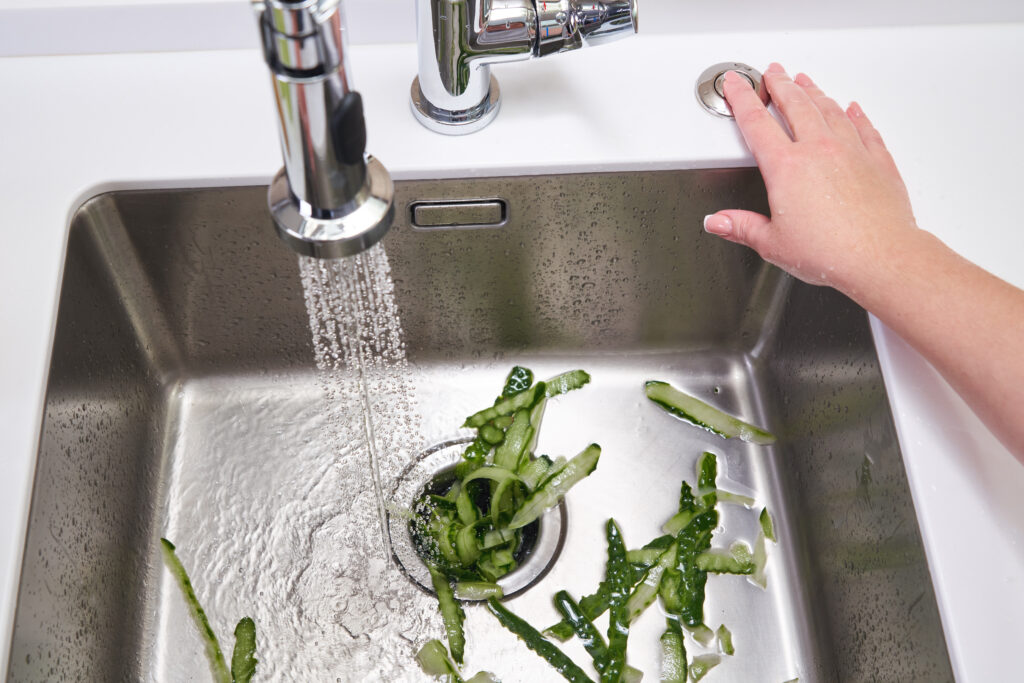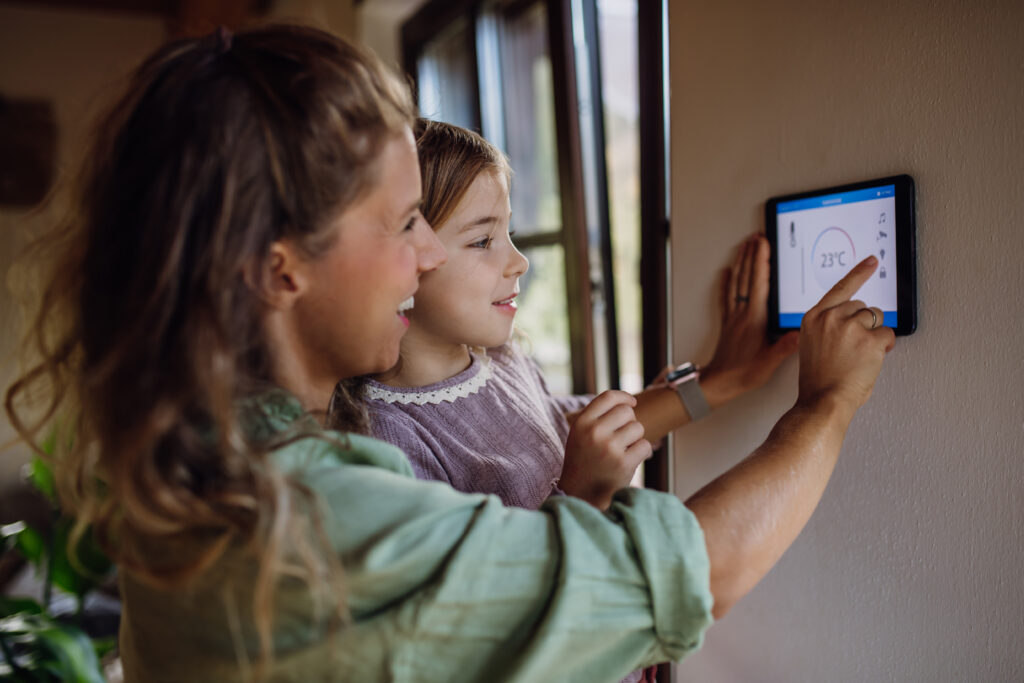How to Reprogram a Garage Door Opener Keypad: A Modern Guide for Homeowners
Okay, let’s face it—garage door opener keypads aren’t the most flashy tech in your house, but man, do they pull their weight. Whether you’re trudging in after a long day, arms full of groceries, or trying to grant access to a friend while you’re out of town, these little boxes mounted outside your garage are doing unsung hero work. And yet, we rarely think about them until they stop working or we need to reprogram them. So today, let’s actually give it some attention—what is a garage door opener keypad, how does it work, and what happens when you need to reprogram it? Bonus: we’ll even talk about how this ties into your home warranty coverage. Yep. That too.
What is a Garage Door Opener Keypad and Why Should You Care?
In the simplest terms, a garage door opener keypad is a wireless device mounted outside your garage that allows access by entering a numeric code. Think of it as the garage’s answer to a smart lock—though not as fancy. It communicates with the garage door opener motor inside your garage using radio frequency (RF) signals. When you punch in the correct code, it sends a signal to the opener, and like magic (well, radio waves and logic boards), the garage door opens.
Having a keypad is especially convenient if you don’t want to carry a remote around. Forgot your keys? Left the remote in the car parked two blocks away? No problem. Just enter the code and you’re in. But sometimes, you need to reprogram it—maybe you moved into a new home (and seriously, do not keep the previous owner’s code, yikes), or maybe the keypad’s just acting a little weird and needs a refresh.
How Reprogramming Actually Works (And Why It’s Not as Scary as It Sounds)
So let’s dive into the process. Reprogramming a garage door keypad is typically about resetting its stored code and pairing it again with your specific garage door opener. First, you’ll need to locate the “learn” button on the back or side of your garage door opener unit—it’s usually behind the light cover or near the antenna wire. Press it once, and it will usually flash or blink to indicate it’s in learning mode. Then, within 30 seconds, zip over to your keypad, enter your new code, and hit the required button to confirm (it differs by model—some use “Enter,” others might use “#”).
That’s it in 90% of cases. Tech can always throw you a curveball, so sometimes models have quirks. LiftMaster, Chamberlain, Genie, all come with their own charming personalities. If your keypad doesn’t sync the first time, don’t panic—wait a beat and try again. Batteries could also be the culprit. Always check the batteries. Always.
Benefits of Reprogramming Your Garage Keypad
There are real perks to keeping your keypad code fresh. For starters, it boosts your home security. If you’ve recently had contractors, dog walkers, or guest stays, it’s a good idea to switch things up. Also, it’s just peace of mind. Plus, many models let you sync multiple codes—handy if different family members want their own codes or you have short-term visitors. Reprogramming also helps correct issues like delayed responses or unresponsive keypads since re-syncing forces a clean communication signal between device and opener.
In other words, a quick reprogram doesn’t just solve a practical problem—it’s also a small, preventative win for your home. Efficient and satisfying. Like folding laundry while the oven preheats. You know that feeling.
Common Challenges When Reprogramming a Garage Door Keypad
Even when things look simple on YouTube tutorials (those four-minute videos that somehow gloss over the ten tries it took?), real-life keypad reprogramming can get tricky. For starters, different brands have different reprogramming methods. And not all keypads are compatible with all garage door opener units—especially if you’ve mixed and matched brands over time.
And then there’s the battery thing again. Even if you successfully reprogram, a dying battery can short-circuit signal transmission. Also, wear and tear—like weather-beaten keypads or aged wiring inside the garage opener motor—can interfere with the syncing process altogether. And just to toss in a wild card: certain LED light bulbs used in the motor’s lighting systems can cause RF interference. Who knew, right?
Garage Door Openers and Home Warranties — Where’s the Line?
This is where things get interesting. Your garage door opener falls under the category of electrical or mechanical home systems, and a lot of homeowners incorrectly assume their basic insurance covers it—spoiler alert: it doesn’t always. That’s where a home warranty, like the ones offered by Armadillo, steps in and saves the day. With the right plan, your garage door opener is covered for both mechanical failures and issues with remote or keypad programming—assuming it’s not just a dead battery (that one’s on you).
That means when your keypad stops communicating with the opener and reprogramming doesn’t fix it—because the logic board inside the motor is toasted—you can file a claim, get it fixed, and avoid that totally maddening spiral through customer service phone trees. Trust me, if you’ve ever manually opened your garage in a snowstorm, you know why this matters.
Tips to Avoid Frequent Reprogramming (Because Who Has the Time)
We’re all about efficiency here. Once you’ve reprogrammed your keypad, do a little preventative maintenance to make sure you don’t have to do it again anytime soon. Keep your keypad sheltered—rain, UV exposure, and spiders (yes, really) can throw things off. Use high-quality batteries and change them annually, even if they’re technically still working. Test your keypad monthly—build it into the day you test your smoke alarms or flip mattresses (okay, realistically, the day you *think* about doing those things).
Also, document your keypad code somewhere secure—ideally not on a sticky note stuck to the fridge. A note in your password manager works great. And educate the household on basic etiquette: no sharing the code with every friend who wants to borrow the lawnmower.
Final Thought: Let Armadillo Take the Guesswork Out of Garage Door Repairs
Here’s the thing—while garage door openers and keypads are relatively easy to manage solo, the truth is these systems are leading actors in the drama of everyday home ownership. When they work, you barely notice. But when they fail, it can throw off your whole day. That’s the kind of frustration Armadillo was designed to eliminate. With modern, seamless home warranty coverage, Armadillo doesn’t just save you money—it saves you the time and energy spent figuring out who to call, where to start, or why your garage keeps hiccuping at 7 a.m. on a Monday.
Want to see how simple and personalized coverage can be? Head over to the Armadillo homepage to learn more, or jump straight to choosing your plan with the Plan Builder here. Because keeping your home working shouldn’t mean juggling stress. It should mean having help where—and when—you need it. Even for the garage door keypad.
















